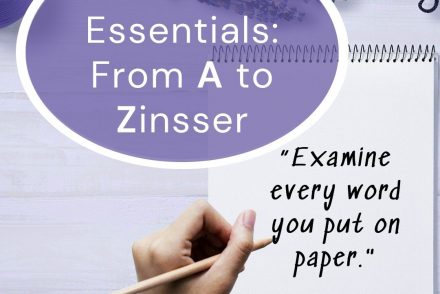
Craft Essentials
You May Be Done, But You’re Not Finished
“Rewriting is the essence of writing well; it’s where the game is won or lost. That idea is hard…
January 21, 2022
“Rewriting is the essence of writing well; it’s where the game is won or lost. That idea is hard…
January 21, 2022
The beautiful prose that came to mind in the shower somehow transformed into clunky sentences by the time I…
May 8, 2021
Often, what we intend to say never comes through in what we write. Sometimes our enthusiasm inhibits the thoughts…
August 29, 2018
Ever ask a friend’s, relative’s or colleague’s opinion on something you’ve written? You wait patiently, trying not to stare,…
July 19, 2015